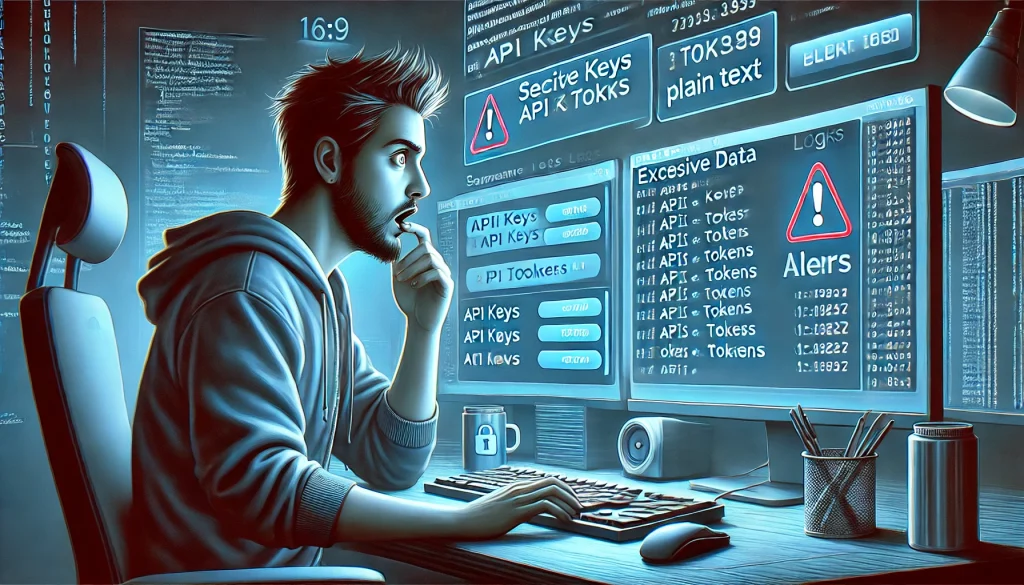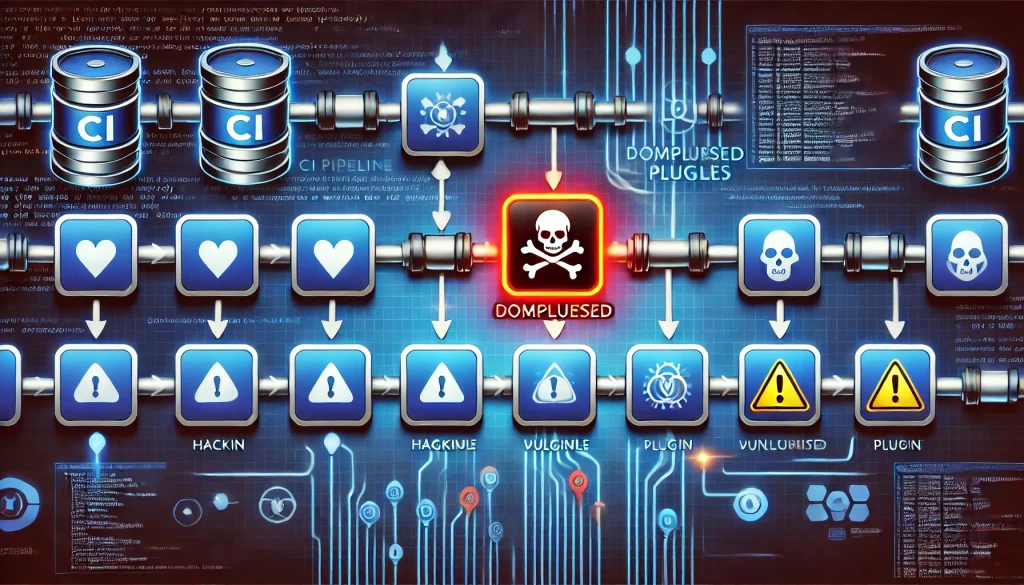In March 2025, a high-profile software supply chain attack rocked the open-source community. A popular GitHub Action, tj-actions/changed-files, was compromised. Its malicious code ended up leaking API keys and credentials from over 23,000 projects. Such secrets wound up in public logs, posing a major risk to countless organizations.
This event underscores how attackers can target any link in the development pipeline, from CI/CD tools to third-party dependencies. As the industry scrambles to contain the damage, developers are rethinking supply chain security strategies—scanning for compromised packages, locking down CI secrets, and using verified signatures for software components.
1. The Attack: What Happened?

1.1 Anatomy of the Compromise
GitHub Actions let developers automate workflows—e.g., building, testing, or deploying code—using third-party steps known as “Actions.” In this incident:
- Attackers compromised the tj-actions/changed-files repository.
- They inserted malicious code into the Action’s script, which was unknowingly fetched by thousands of projects during their CI runs.
- The code exfiltrated environment variables and secrets (like API tokens) to an attacker-controlled server.
Because environment variables often contain sensitive credentials, this infiltration risked wide-scale data exposure—from AWS keys to OAuth tokens.
1.2 Scale and Impact
Over 23,000 open-source and enterprise repositories used tj-actions/changed-files, each potentially yielding valuable tokens or credentials. Some orgs discovered the leak only after noticing unusual logs or suspicious remote calls. Many had to rotate keys, purge logs, and do forensics to ensure no deeper infiltration. This broad impact highlights how a single compromised tool in CI/CD can have cascading effects across the ecosystem.
2. Why Supply Chain Attacks Are Rising

2.1 The Shift to Complex Dependencies
Modern development relies on many external components:
- Open-Source Libraries: Pulled from npm, PyPI, Maven Central, crates.io, etc.
- CI/CD Tools: GitHub Actions, GitLab CI templates, third-party plugins.
- Container Images: Base OS layers plus frameworks from Docker Hub or vendor registries.
An attacker who compromises one popular artifact can reach thousands of downstream projects in a single move.
2.2 “Poison the Well” Attacks
Bad actors see a goldmine in supply chain infiltration. By sneaking malicious code into a well-used library or dev tool, they quietly harvest credentials or inject trojans into production apps. These can overshadow typical “hack the perimeter” intrusions because defenders might not suspect an internal dev process.
2.3 Low Visibility and Trust
Teams often trust open-source modules by default or rely on “latest version” references in CI. If a library or Action is compromised, few immediate alarms go off. That’s changing as repeated incidents push organizations to adopt stricter security measures.
3. How Developers Can Respond

3.1 Locking Down CI Secrets
First, ensure your build pipeline’s secrets are well-guarded:
- Use Encrypted Secrets: Store them only in secure vaults or CI-provided secret managers (GitHub Secrets, GitLab Variables) with strict access controls.
- Limit Scope: Provide only the minimal credentials needed per job. Don’t give a job full AWS admin keys if read-only is enough.
- Rotate Keys: Periodically change credentials to reduce impact if they’re ever exposed.
3.2 Verified Signatures and Trusted Publishers
Teams should adopt measures like:
- Sigstore: A project that logs cryptographic signatures for binaries/containers, verifying authorship.
- Verified Publisher: Many registries now have “verified publishers” so devs know exactly who published a dependency.
- SBOMs (Software Bill of Materials): Track which versions of which dependencies you use, for quick reaction to vulnerabilities or malicious updates.
3.3 Scanning for Compromised Packages
Regular scanning helps spot suspicious code:
- Dependency Checkers (npm audit, pip-audit, etc.) for known vulnerabilities.
- Dependency Lockfiles to pin exact versions. If a suspicious update surfaces, you can block or revert it.
- Monitoring Tools that watch for newly reported attacks in your dependencies or GH Actions.
3.4 Thorough Code Reviews for Integrations
CI tools like GitHub Actions can be convenient, but each step might run untrusted scripts. Evaluate:
- Open-Source Maintainer Reputation: Are they established or verified?
- Audits or Pinned Versions: Use pinned commits or version references to avoid automatically pulling the “latest” code.
- Local Fork: If especially risk-averse, fork the Action’s repo and watch for changes—like a personal mirror.
4. The Future of Supply Chain Security
4.1 Zero Trust Dev Pipelines
Expect more emphasis on zero trust within dev pipelines, meaning:
- Every plugin or Action is treated suspiciously until proven safe.
- Fine-grained security policies block or limit newly introduced dependencies.
- Tools like GitHub’s Dependabot automatically check if dependencies have known vulnerabilities, requiring manual review before merging updates.
4.2 Industry Standards
As these attacks escalate, industry groups (e.g., OpenSSF) work on:
- SLSA (Supply chain Levels for Software Artifacts): A framework that defines levels of confidence in software supply chains.
- ISO/IEC 270xx expansions: Potential new standards specifically addressing dev pipeline security and auditing.
4.3 Developer Education & Accountability
Ultimately, the developer community must adopt a mindset of continuous vigilance:
- Learning to read logs carefully and setting triggers for suspicious behavior.
- Balancing open-source convenience with responsible usage.
- Pressuring maintainers to adopt multi-factor authentication, code signing, and other precautions.
Conclusion
The tj-actions/changed-files compromise vividly illustrates how a single slip in the CI/CD toolchain can expose secrets across tens of thousands of projects. With software supply chain attacks rising, developers and organizations must fortify each link—from scanning dependencies to verifying publisher signatures, locking down secrets, and adopting zero-trust in their pipelines.
Key Takeaways:
- Trust but Verify: Even popular dev tools can be hijacked. Use pinned versions, watch logs, and verify source authenticity.
- Harden Your CI/CD: Store secrets securely, grant minimal privileges, and regularly rotate credentials.
- Embrace Tooling: Use scanning, code-signing, and SBOMs to track dependency health.
- Stay Informed: Supply chain attacks evolve fast—monitor security advisories and proactively patch or remove compromised packages.
By updating best practices around CI/CD tools, scanning, and signature verification, the software community can push back against opportunistic attackers—reducing the risk of mass credential leaks or infiltration. It’s the new normal for modern dev: securing not just code, but the entire pipeline that delivers it.














